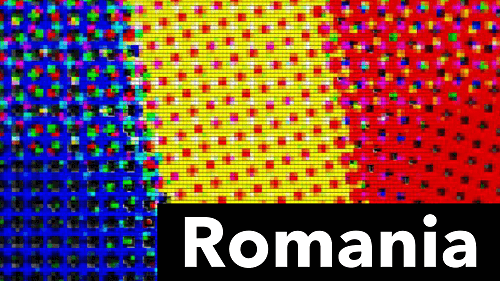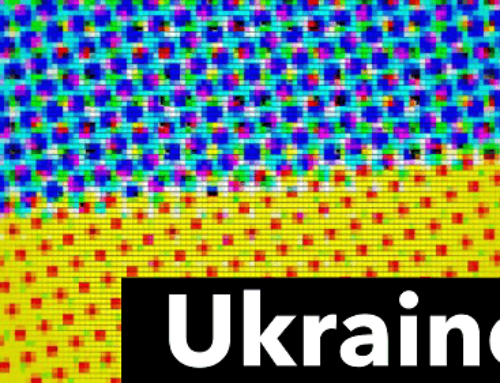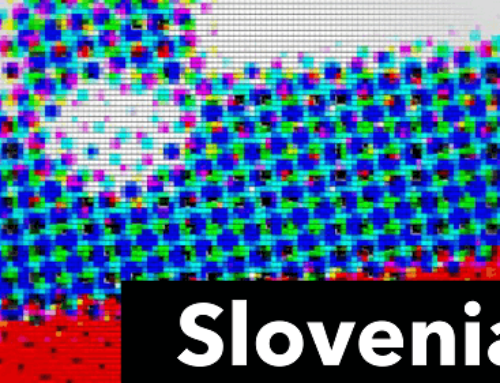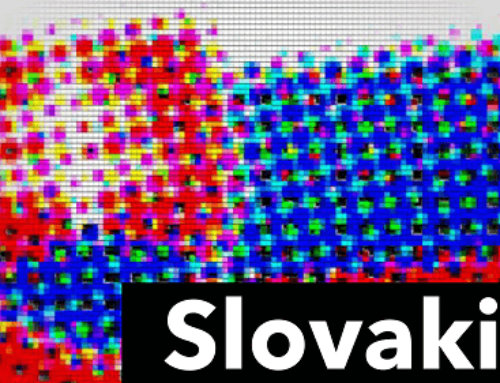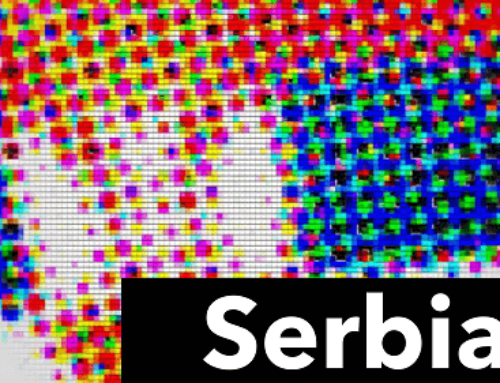Romania is the eighth largest country in the EU with almost 20 million inhabitants. It’s a country in south-eastern Europe that is still described as an “incomplete democracy” to this day. A brief insight into its political and economic structures will now follow.
History of Rumania
Since the interwar period, the country has always had to struggle with unstable domestic politics and various changes of government. In addition, there are various ethnic and social problems in the multi-ethnic state. Although the People’s Republic of Romania was proclaimed in 1947, it was overshadowed by an authoritarian regime and heavy economic dependence on Russia. In 1968, a process of modernization, economic and democratic upswing followed. However, there was a relapse into the dictatorial regime, which resulted in poverty, hunger and the repression of the opposition. Then came the upheaval in 1989: demonstrators resisted the dictatorship and the dramatic developments in the country. The first constitution was established in 1991, which declared Romania a democratic and social constitutional state. [1]
Political Structure
The president as head of state is elected every five years and represents the country in foreign policy. In addition to his ceremonial duties, he is the highest councilor for national defense and mediates conflicts between parliament and government. Parliament has a legislative period of four years and consists of two chambers. On the one hand there’s the Chamber of Deputies, which has 332 members and reserves a minimum of 18 seats for national minorities. On the other hand, there exists the Senate with 137 senators. Since the elections in 2020, the conservative PNL party is no longer the strongest one with only 25% of the vote; the Social Democratic Party PSD has taken this place. Other important parties in the country are the AUR (Alliance for Unity Romania), USR (Union saves Romania), or PRO (For Romania). The government is formed after agreement between the President and Parliament. The post of Prime Minister has been held by Florin Cîtu of the PNL since 2020 – he acts as an interim solution because there were conflicts in the nomination of candidates.
In addition to conflicts in forming a government, Romania is struggling to maintain democractic standards and to guarantee the rule of law. The country bears the title of an “incomplete democracy” because the population’s trust in democratic institutions is very low and corruption is a widespread problem. A judicial reform also attracted a great deal of attention in 2017, as it restricted the independence of the judiciary and the media. [2]
Economy & International status
Since 2000, Romania has been struggling with its economic and social stability. The emigration of young workers leads to a high increase in emigration and unemployment. Furthermore, there exists an enormous divide between town and country, where a lack of infrastructure and medical care shape the daily life. The automotive and construction industries are important pillars of the economy. Despite joining the EU in 2007, Romania has not yet met the criteria for introducing the euro, which is why the official currency is the Romanian leu (RON). [3] The country was able to establish itself internationally through its accession to NATO in 2004 and its membership in the OSCE and the Council of Europe. [4]
Christine Tapler

